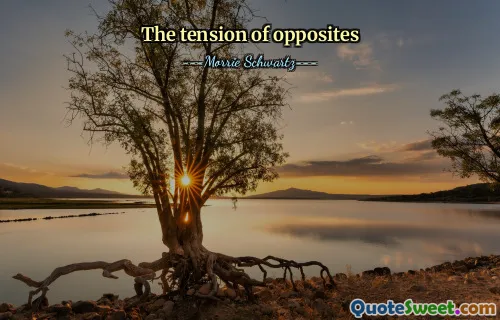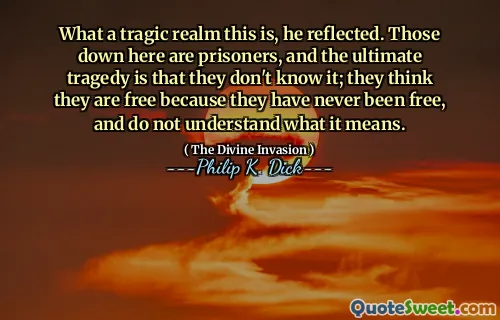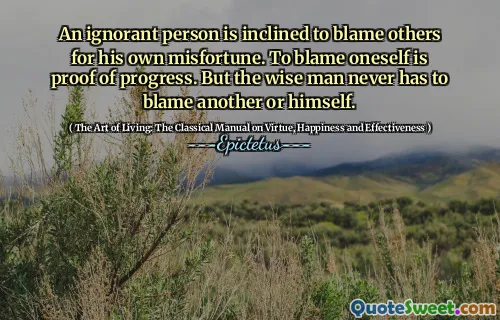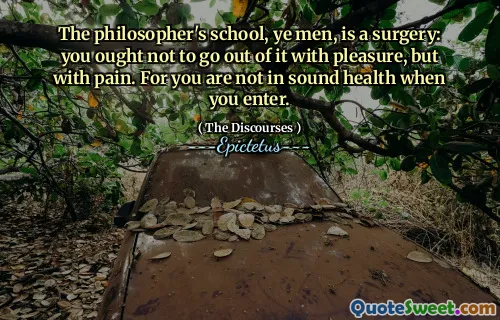
Proofs are to mathematics what spelling {or even calligraphy} is to poetry. Mathematical works do consist of proofs, just as poems do consist of words.
The quote draws an insightful parallel between the foundational elements of mathematics and poetry. Just as spelling and calligraphy are essential in shaping the beauty, clarity, and impact of a poem, proofs serve as the backbone of mathematical reasoning. Without well-constructed proofs, mathematics risks becoming a collection of unsubstantiated claims, much like a poem lacking coherent language or elegant script would struggle to convey its intended emotion or meaning. The analogy emphasizes that in both fields, the presentation and the correctness of the foundational components significantly influence the overall appreciation and understanding.
Math and poetry may seem vastly different in subject matter—one dealing with numbers, patterns, and logic; the other with emotion, imagery, and aesthetic expression—but both rely heavily on their respective foundational elements to succeed. Proofs are not merely technical hurdles; they are the language through which mathematicians authenticate truths, providing assurance and rigor. Similarly, calligraphy and proper spelling elevate poetry from mere words on paper to an art form, elevating the reader's experience.
This perspective encourages us to respect and value the craftsmanship involved in constructing proofs, recognizing them as much an art as they are a science. It also suggests that mastery in mathematics is not only about discovering new truths but also about communicating them clearly and beautifully. Just as calligraphy can turn simple words into visual poems, elegant proofs can transform raw data and logical steps into compelling narrative truths. The harmony between clarity, precision, and beauty is what elevates both disciplines from mere technical activities to profound expressions of human creativity.











